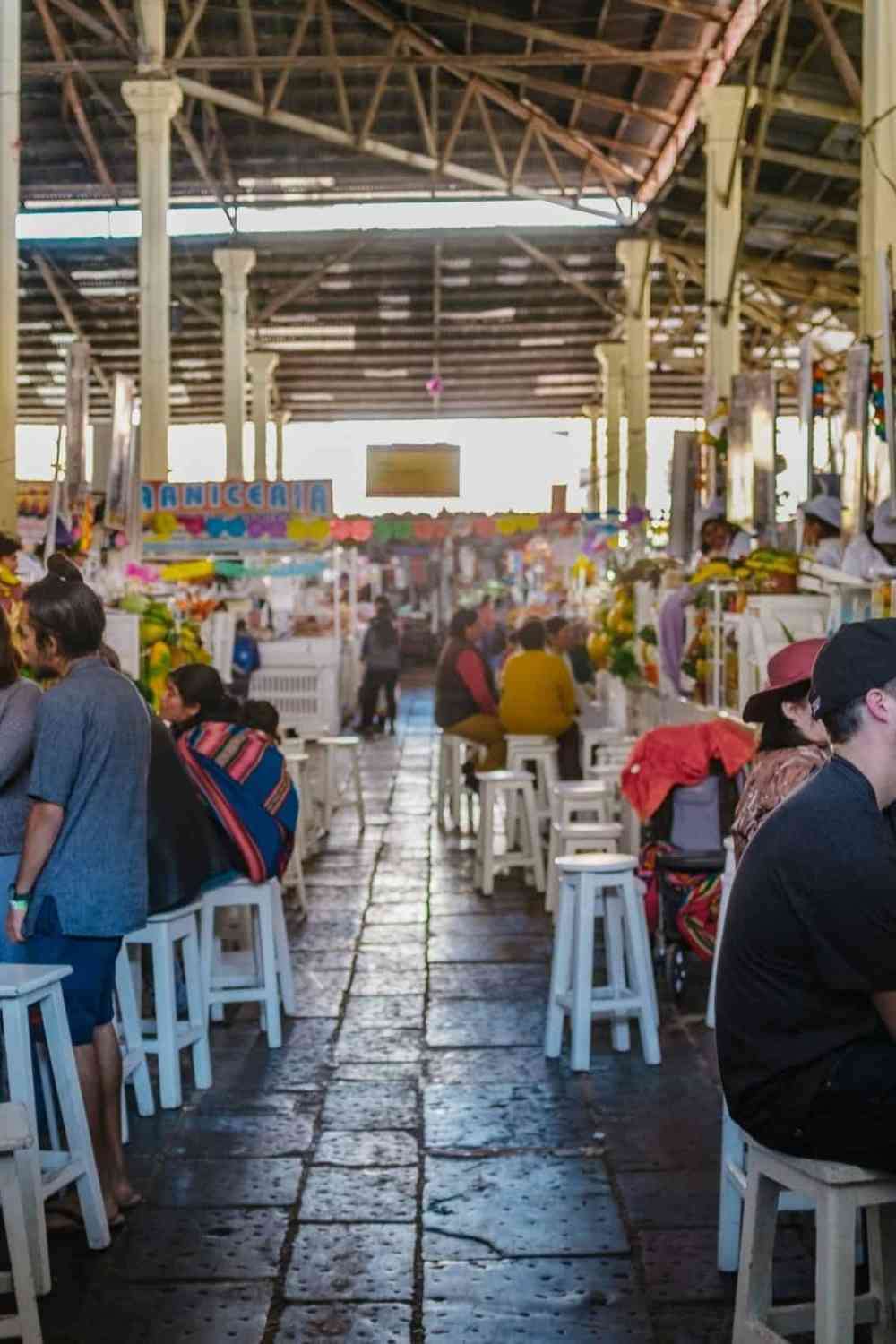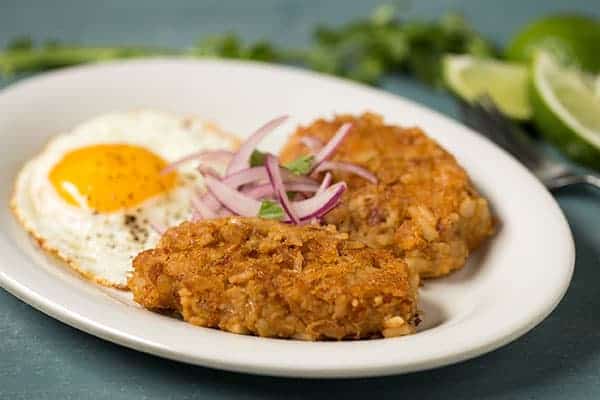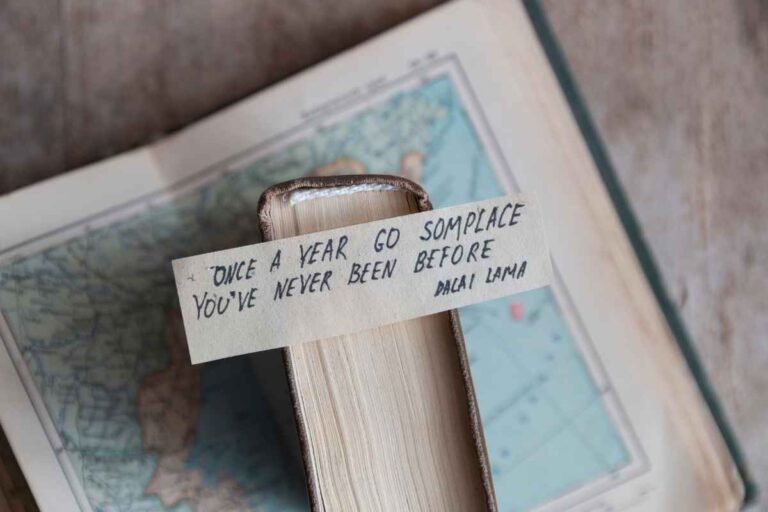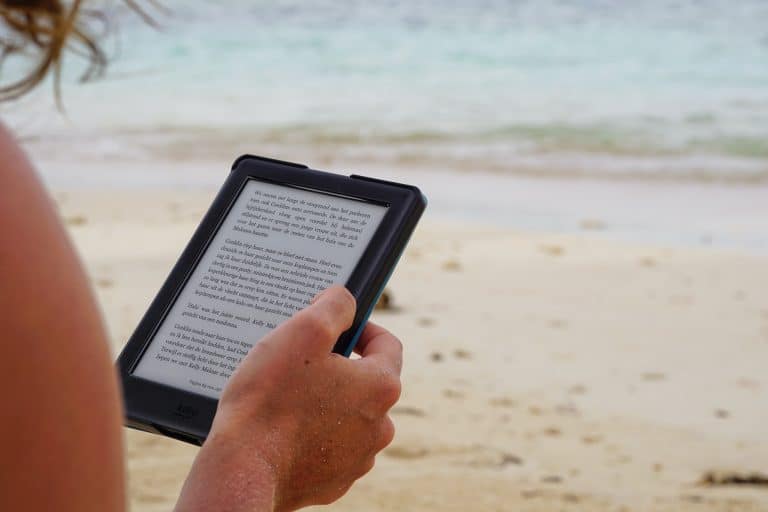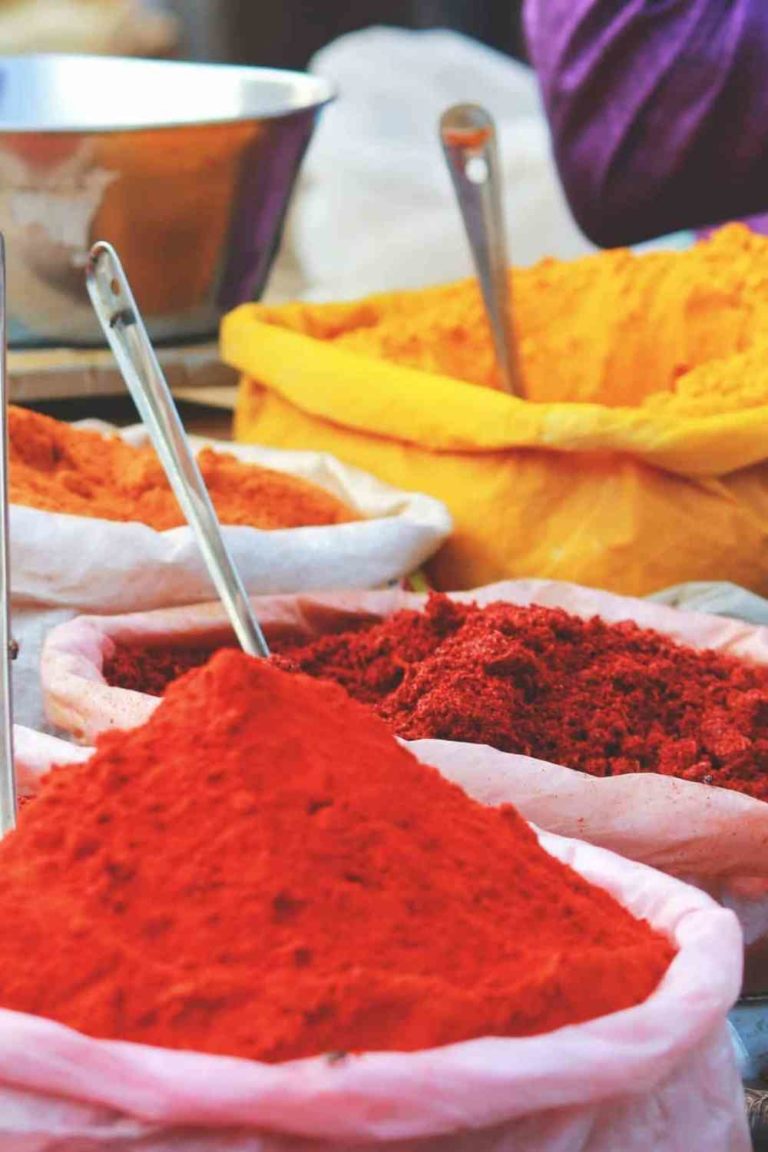A Foodie’s Guide To Peruvian Food – A Delicious Introduction
Peruvian food is representative of land of a thousand plus varieties of potatoes, a gastronomic connection to its ancestors, and a very promising culinary future of sustainability, inclusion, and creativity.
The landscape that makes up Peru, is one of the volcanoes, lush rainforests, high plateaus, and a wide array of biodiversity, which creates the perfect ambiance and terrain for the best quality of ingredients used within and outside of Peru, throughout history and now.
The Spanish conquest brought an array of ingredients from the old world, as well as the influx of immigration of Europeans, Asians, and Africans to Peru. Together, all have added their own seasoning to the already melting pot of cultures, influences, and ingredients in a country already rich in its cultural heritage, people, and native crops. Today, Lima, the country’s capital goes far beyond its borders in being recognized as the culinary capital of South America.
Just another reason to visit this culturally rich country. Let’s dive in a little more, and take a virtual tour of the land of the Incas through their food, history, and influences.
Like it? Pin it!
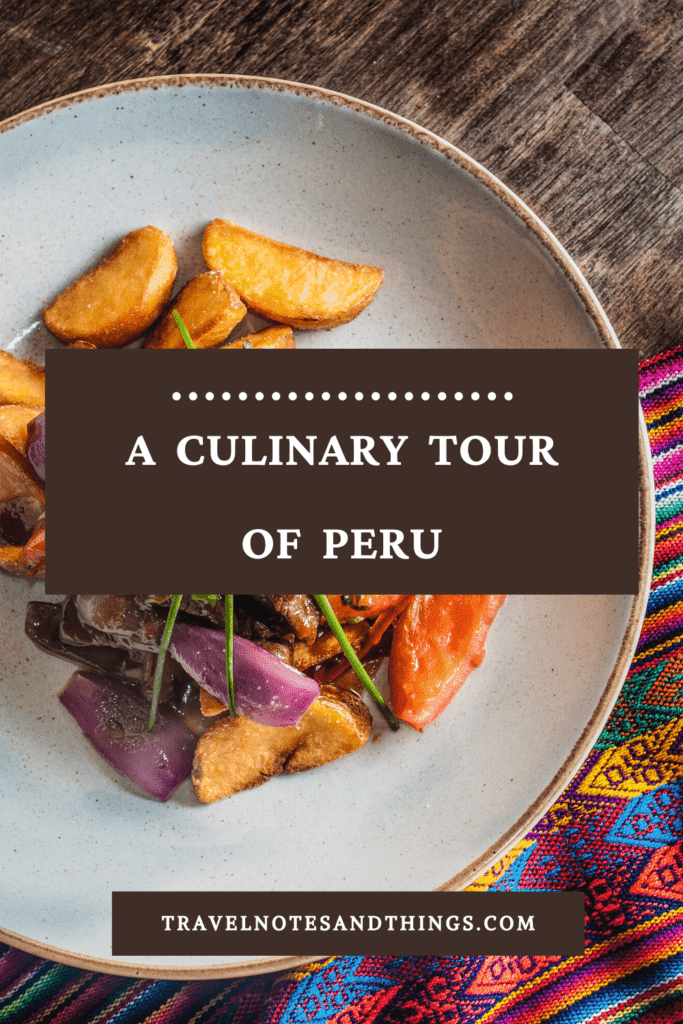
A Foodie’s Guide To Peruvian Food – A Delicious Introduction
Potatoes, potatoes, potatoes!
Peru is a hothouse for the cultivation of THE best potatoes in the world, and for having the most variety of potatoes at that (around 3,000 varieties!). Being the potato capital of the world, the Spanish made sure to bring some potatoes back to Spain during the conquest, and therefore introduce the crop to Europe. Because of their ability to withstand extreme climate and relatively low-maintenance upkeep, potatoes became a hit, and continue to be a staple ingredient in a variety of kitchens all over the world, including in Peruvian food and popular dishes.

The Lay of the Land
The Andes Mountains and Highlands
Because of the high altitudes of the mountains of Peru, there are specific crops that grow at that certain altitude, that make the land a special terrain for plants and crops including the thousands of varieties of corn, potatoes, grains such as quinoa, and so much more. Inca farmers developed a unique way to cultivate and tend to their crops located in the highlands and mountains. Food and cooking was not the only role of these crops, as the Incas also utilized these ingredients for rituals and traditional drinks based on the many varieties of corn.
Tropical/Amazonian Basin
Because of its proximity to the Amazon, Peruvian food relishes in the abundance of tropical fruits and many other kinds of jungle animals as food. Some of the fruits that they accustom to use in their cooking are guavas, cherimoya, guanabana, and so much more.

The Coast
Peru has 2 coastal regions that vary widely in climate and therefore offer different ingredients and food items. The northern coast offers a variety of different fish and seafood, as well as many dishes based in corn, and even beer made from corn called Chicha de Jora.
The southern coast and central regions also have a desert-like climate and are known for their numerous restaurants, street food, and basically offering a variety of food options starting with traditional Peruvian food. Chifa (Asian and Peruvian fusion cooking) is a very popular hybrid and result of the mix of Peruvian style cooking with Asian influence, that today is seen all over in a variety of Peruvian food, from street food to formal dining. In that same vein, Creole cooking (a blend of Peruvian and any other foreign food influence/ingredients), is also a cultural mix that has proven to result in some of the most popular Peruvian foods and signature dishes, combining some ingredients and cooking methods of both worlds.

Staple ingredients in Peruvian food
Because of the abundance of this ingredient, corn was used widely for dietary needs as well as for rituals and traditions that include offering the first drink of their corn-beer beverage Chicha by flicking off the foam that forms at the top and having it fall onto the floor. This was seen as an offering of the drink to the earth, universe, mountains, and sky. Corn is transformed into a variety of dishes, drinks, and then some, including a drink made from purple corn called chicha morada, chicha de jora which is a fermented corn beer. Additionally, potatoes are also a crop that grows in abundance and is, therefore, a cornerstone ingredient in the Peruvian diet today along with grains such as quinoa.
Read More: A Culinary Tour of Mexican Food
The Spanish conquests, outside influences and it’s impact on modern Peruvian food
Meat, like in the rest of the Americas, was not introduced until the Spanish conquest, and after that, the Incas would hunt animals such as venison, as well as prepare other animals that were native such as llamas, alpacas, cuy (a type of guinea pig) and more.
Despite the invasion of the Spaniards, and the mistreatment of the Incas and the country as a whole, the introduction of the Spanish cuisine (which consisted of European and Moorish traditions and ingredients), was to be the first of many other waves of cultural influences in the Peruvian kitchen and culinary customs.
When the Spaniards arrived, they brought with them African slaves, who also contributed their own traditions, creativity, and flavor to what is considered modern Peruvian food, such as anticuchos and tacu tacu.
After the first wave of Europeans came to Peru, the country created the European Immigration Society, which welcomed Europeans from Italy, France, Germany to Peru, bringing along their own ingredients such as pasta and cooking traditions such as the classical French cooking style, and combined that with Peruvian ingredients.
In the 1800’s, Peru saw another wave of immigration, this time from China. The Chinese had arrived in Peru and were the ones to build the railroad systems, as well as contribute to the food scene in Peru. Chifa is an eclectic mix of Chinese cuisine and ingredient use with Peruvian staples. Dishes such as Lomo Saltado (stir fry beef) and using ingredients such as ginger, soy sauce, and scallions in Peruvian cuisine.
Later on, the Japanese also arrived in Peru, also contributing their ingredients and cooking styles to the already growing culinary scene in Peru. Ceviche, a popular Peruvian dish is said to have been the inspiration for the Japanese to create Tiradito, which is their version of ceviche, sashimi-style, and other forms of ceviche that have been transformed and elevated to haute cuisine.

The food scene that you’ll find today in modern-day Peru is one that stretches back thousands of years, before the Spaniards, and then only grew in food varieties, ingredients, and cooking styles the more people from outside countries moved to Peru.
So, without further ado, here’s a recipe for one of the most popular Peruvian food dishes that I want to share with you all that I LOVE and want to share.
As someone who grew up in a Mexican household, and always enjoyed tilapia ceviche (fresh tilapia, cubed, and cooked or “cured” in lime juice), I was amazed to learn about the use of mushrooms in it instead of fish. I learned about Peruvian ceviche when I was a student at culinary school and was amazed to learn more about it and try it of course!
It was so different but so delicious and refreshing, and definitely something I try to make more often now that I know about it. It’s also less complicated to make in comparison to fish ceviche. So that is the recipe that I will be sharing with you today.
Peruvian food and popular dishes
Ceviche de Champiñones (Mushroom Ceviche)
- 3 cups Fresh, firm cremini or white button mushrooms – cleaned, dry, cut into quarters or sliced (1/4 inch, 6cm)
- 1/3 cup celery, cut into dices (1/4 inch, .6 cm)
- 1/3 cup red onion, cut into dices (1 inch or 2.4 cm), soaked in hot water for 5 minutes and drained
- 2 garlic cloves, minced
- 1/2 teaspoon salt
- 1/4 teaspoon white pepper (or black if don’t have white on hand, this is just so it isn’t as noticeable)
- 1/2 teaspoon hot pepper sauce
- 1/2 teaspoon dried oregano
- 1/2 cup fresh lime or lemon juice
- 1 tablespoon olive oil
- 1/4 cup red bell pepper, thinly sliced
- 1/4 cup green bell pepper, thinly sliced
- 1 jalapeño pepper, seeded, minced
- 1/3 cup rough chopped cilantro
Directions:
- Blanch mushrooms (boil water, add mushrooms to boiling water) take out after 30 seconds and drain well.
- Combine celery, onion, and blanched mushrooms.
- Puree garlic, salt, pepper, hot sauce, oregano, lime juice, and olive oil until well mixed.
- Toss with mushroom mixture. Add cilantro, and mix until integrated.
- Adjust salt and pepper to taste. Refrigerate for 2 hours.
- Drain well and toss with bell peppers and jalapeño.
Usually served with lettuce or crackers or tostadas.
Concluding thoughts on Peruvian food
Peruvian food is a deliciously, living, breathing, documentation of their history, which paints the story and allows people to taste the historical events and creativity that resides in Peru.
The deeply rooted traditions of the Incas, their farming traditions, and ritualistic food practices, along with the wave of influences as people came and left their culinary traditions, seasonings, and ingredients behind are what make today Peru a food, cultural, historical destination not to miss.
Have you visited Peru? What is your favorite dish from this bountiful country? Let me know in the comments below!
To more culinary adventures like these.
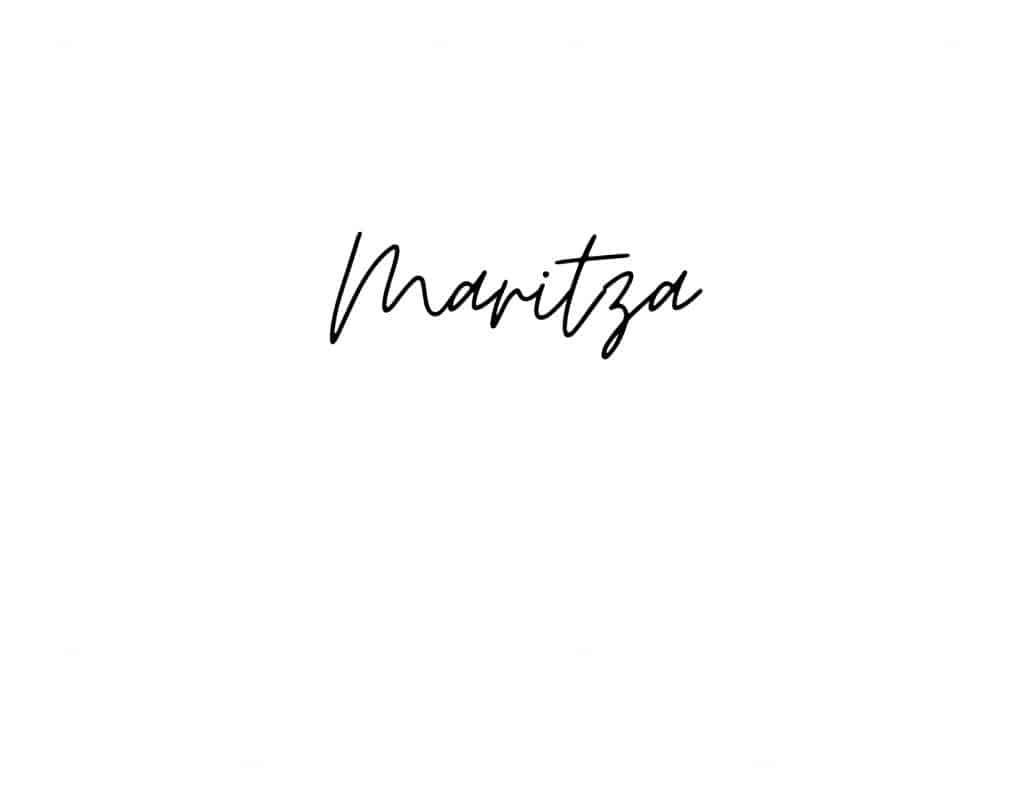
P.S. – If you’re looking for a cookbook with a broad range of international dishes and recipes, along with a bit of culinary insight – I recommend this book for you. This was the book that I used during culinary school and is one of my favorites to use to this day.
Like it? Pin it!


